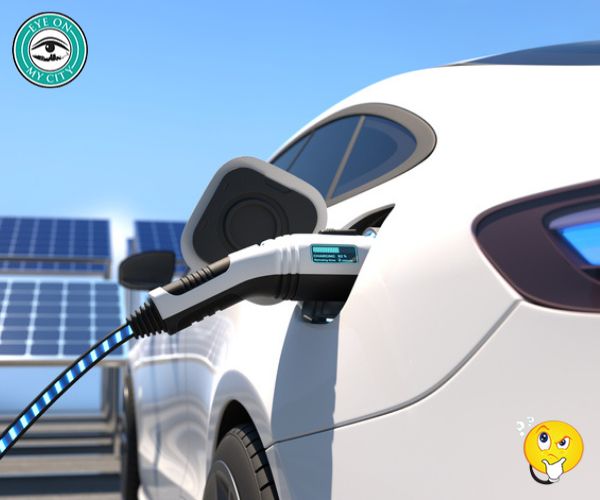If the federal government were able to ram electric vehicles down the public’s throat, the costs would ripple through what’s left of the economy, and electricity rates would be no exception.
Eye on Jacksonville tried to peer into the future and found that rates might have to increase by 28 percent to recharge all of the city’s cars if they ran on batteries..
Here’s the math: The average American drives around 14,000 miles per year, and electric vehicles consume 0.35 kilowatt-hours per mile driven, according to fueleconomy.gov.
There were 690,244 cars in Duval County in 2022. If all were electric it would take 3,478,830 megawatt hours to keep them charged.
JEA’s annual report for 2022 said it produced 12,488,252 megawatt hours. That means it would require a 28 percent increase if all local cars were electric. That doesn’t include trucks and buses.
Generating more power means more generating capacity.
JEA already is planning a rate increase for its 514,000 customers after a contract to buy nuclear-generated power from Georgia went into effect.
We had asked the utility how much the nuclear power deal with Plant Vogtle affected the rates but its number crunchers could not figure it out.
The JEA response: “According to our finance team, there is no separate rate that will only recover the costs of Plant Vogtle in isolation, and JEA cannot specify the precise amount of the recent increase attributed to Plant Vogtle costs. Also, the use of stabilization funds offsets some of Plant Vogtle cost obligations, which allows JEA to execute incremental rate increases over time, balancing objectives such as customer affordability and JEA’s fiscal responsibility. Furthermore, there are other cost factors such as operation & maintenance cost of JEA’s electric system along with capital funding and financing costs that drives JEA base rates, but the majority of the increases can be attributable to the integration of Plant Vogtle cost obligations.”
But in comparison, the Clay County co-op just put its fourth rate reduction in place.
JEA currently ranks near the middle of Florida utilities in rates.
Fifty years ago, JEA enjoyed relatively low rates, but it had long term contracts to buy oil and was 100 percent dependent on oil to generate power. Then the 1973 oil crisis hit as a result of Arab aggression in the Mideast. The price of a barrel of oil went from $3 to $12 overnight.
Today, JEA uses no oil.
This is its energy mix.
| Energy Mix – Sources | 2021 | 2022 |
|---|---|---|
| Nuclear | 0% | 0% |
| Coal | 15% | 6% |
| Natural Gas | 61% | 58% |
| Petroleum Coke | 7% | 7% |
| Oil | 0% | 0% |
| Renewables | 1% | 2% |
| Other | 16% | 27% |
| Total | 100% | 100% |
JEA has no windmills and uses a token amount of “renewables” to keep the federal government off its back. Like most other utilities it will have to rely on fossil fuels.
The push for electric cars is not market-driven. It is the result of politicians deciding they know what is best. That nearly always is a recipe for disaster.
In this case, it almost certainly is a recipe for higher electric rates.



One response to “Electric rates could get a jolt”
One Hundred Percent AMEN.